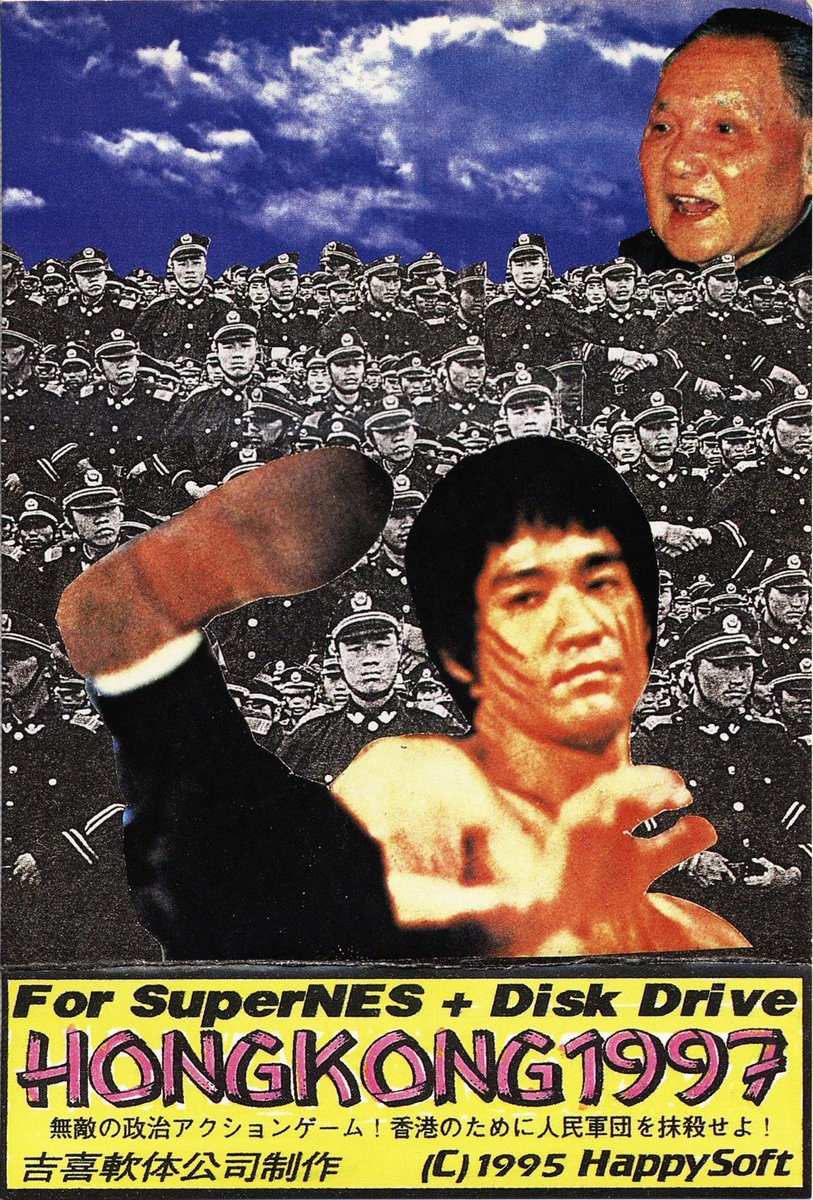

Not sure where else to ask this, so hope it's ok I put this here. It also has four pairs of four dipswitches to set the mirroring for each game (horizontal or vertical). The system has RF and AV outputs and its own built-in power supply. There is a dial on the back of the unit to set the playing time (25 seconds, 3 minutes, 6 minutes, 25 mintues).

As a consequence, this system supports only mapperless NROM games. Sixteen of these sockets are dedicated to the PRG-ROM of each game, the other sixteen are dedicated to the CHR-ROM of each game. Inside the unit is a NES mainboard connected to a large PCB. Math and the third set only has Stack-Up and does not have the ROM for the attract screen logo. Most of the games can be found in more than one version, but the first set only has Mach Rider and Popeye, the second set only has DKjr. There were three versions made, each with its own set of games. The faceplates on the front of the display were made as one unit, so retailers could not freely pick and choose which games they wanted to display. Games that are known to have been previewed with this system are : An LED next to the name tells the player the name of the active game. It can support up to sixteen sets of ROMs and has little slots on the front of the unit for the name of each game. Unlike the M82, this device does not use cartridges. These consoles have a pair of controllers that sit in a pair of cradles and a button to select the game. This was the first console Nintendo made that allowed customers to try games in stores before they bought them. M8 Game Selectable Working Product Display This is the best page I have seen that showcases all four of the Twin Famicoms :ġ. The later Twins have the words "Twin Famicom" embossed horizontally straight across the front of the system while the earlier Twins have the word "Famicom" embossed in a semi-circular pattern. They show a similarīootup screen to the Famicom Disk System. The later Twinįamicoms (AN-505) come with turbo controllers. They come in either black plastic or red plastic. It has AV output and a DIN connector for an RF switchbox. One of the ports can be used to connect an external disk drive to the built-in RAM Adapter. On the rear there is a cover protecting a pair of ports. On the right side is the Expansion Port and the RAM Adapter's unused expansion port. It has an eject button, start and reset buttons. There is a button to switch between disk and cartridges. The disk drive's mechanics and electronics occupy the left half of the case. The mainboard contains both the Famicom hardware and the Disk System RAM Adapter's hardware. Combination of a Famicom and a Famicom Disk System and released inġ986.


 0 kommentar(er)
0 kommentar(er)
